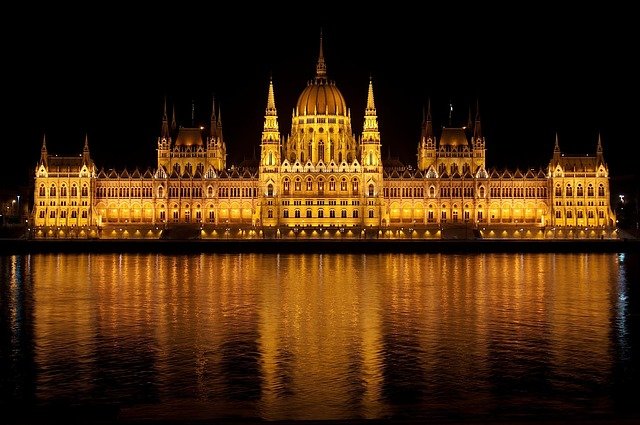When searching for LED lights, you’ll come across the option to choose a colour temperature. You might see it described as colour temperature, CCT or Kelvin rating. With so many options, it can seem overwhelming at first.
Candles are very warm of course, basically yellow/orange, whereas daylight at noon is very cool. The colour or warmth of white light is ranked on a scale, The Kelvin scale, the warmer the colour the lower the colour temperature. Candles are around 2000 degrees Kelvin (k) while daylight is typically 5500 – 6500k.
colour temperature Kelvin scale

The majority of LEDs are produced to be either 2700k, 2800k, 3000k, 4000k or 5000k. 2700-3000k being warm, 4000-5000k being cool.
Some people do have some misconceptions about LEDs. They believe LEDs provide a cool unflattering light. This is almost certainly due to previous experience with cool 4000k ‘low quality’ LEDs, the type you get from eBay for a few pounds each. We can assure you there are now some fantastic LEDs available. The LED fittings we use provide a lovely good quality warm light. In fact, with most of them, you cannot tell the difference between halogen.
80% of the luminaires we specify are warm white (2700 / 2800 degrees Kelvin). Generally, it’s 100% for our residential projects. This goes back to our previous blog – What colour white do you prefer – that said, cool white LEDs do have their place. Certainly in office projects and work spaces cooler white can be preferable (cooler colour temperatures can actually help increase productivity).
When choosing the colour temperature you really need to consider the finishes and colour palette of each space. Reds, orange, yellow, and wood all look beautiful under warm white light. Whereas blues and greys can look ‘flat’. Cool white will make blue colours look amazing and can make white look ‘crisp’. However, reds and yellows can appear a little brown and wood can look ‘dull’.
In your home, it may be worth considering using cooler LEDs in the kitchen or bathrooms, particularly if plenty of natural light is available. Warm white LEDs can make white surfaces look a little ‘muddy’ compared to daylight and generally bathrooms and kitchens have white finishes. Cooler white can also create a more clinical or sterile feel, which can be desirable in a bathroom or kitchen.
The key is not to mix colour temperatures in a room. Once you’ve decided which colour temperate to go for, stick with it, and make sure all lights and light bulbs in that space are the same.
In the past few years, ‘tuneable’ white light fittings are coming into the market. These give you the ability to adjust or tune the warmth of the light source. Fantastic for creating different effects, cooler during the day and warmer at night, or lighting artwork, giving the ability to tune the light to complement the colour palette of the picture. Although tuneable fittings come at a cost and of course, you need some sort of control system.


